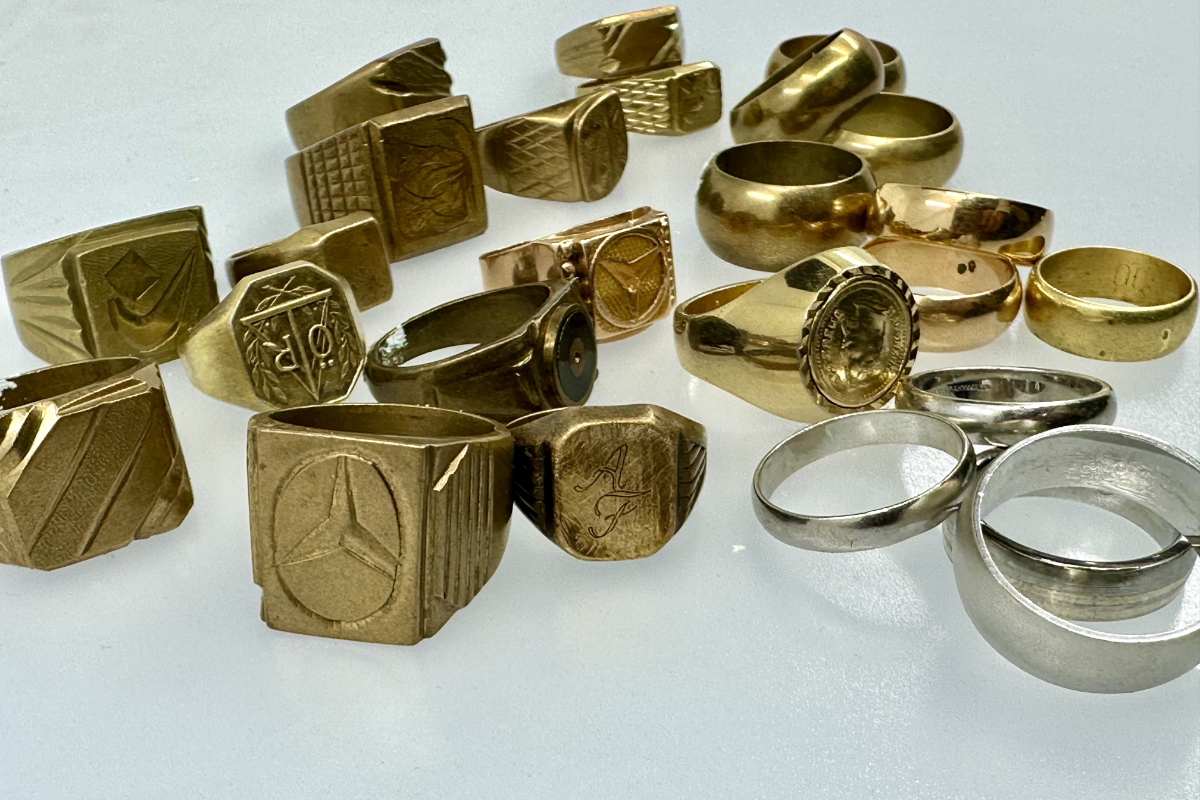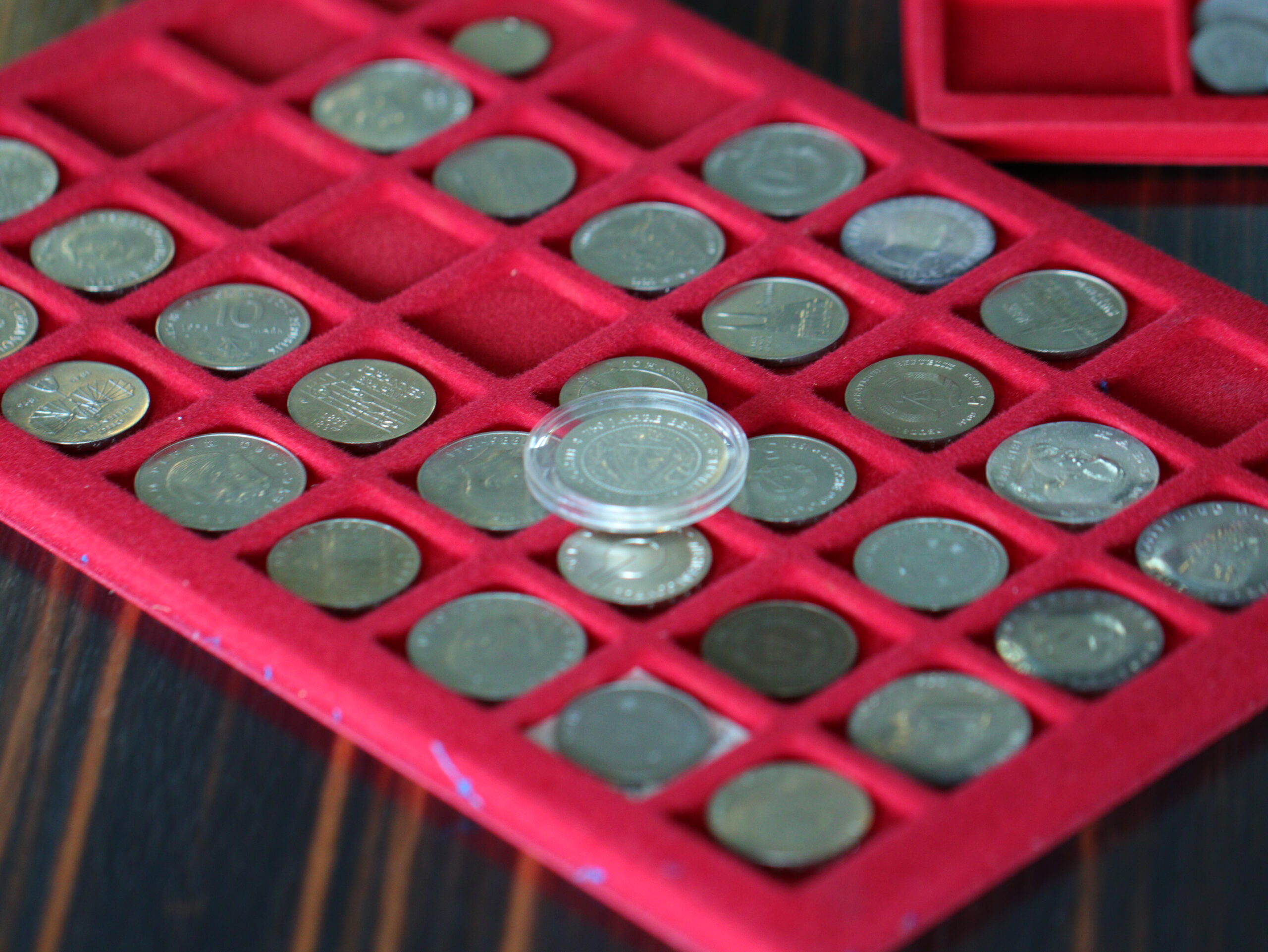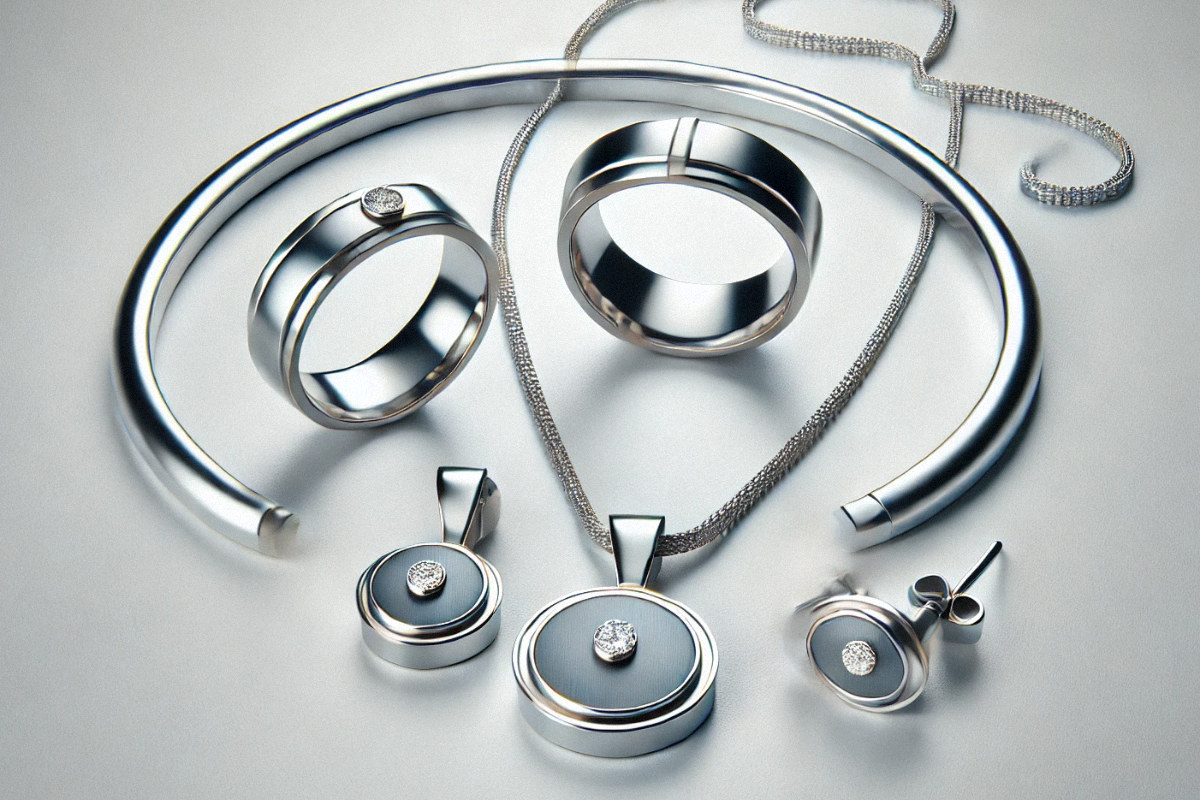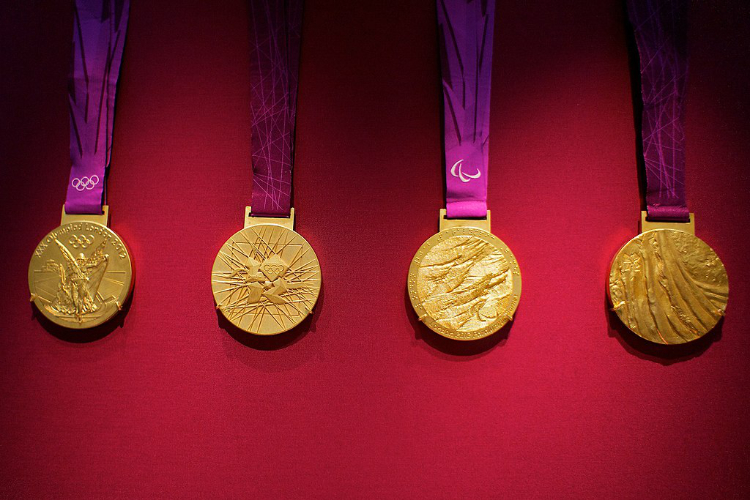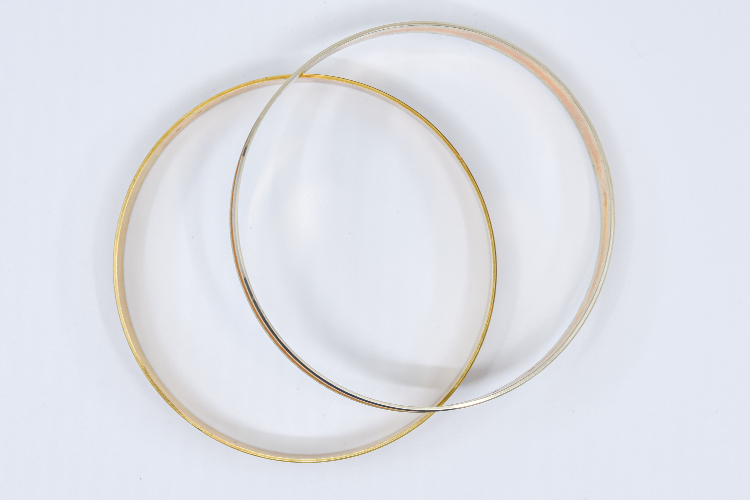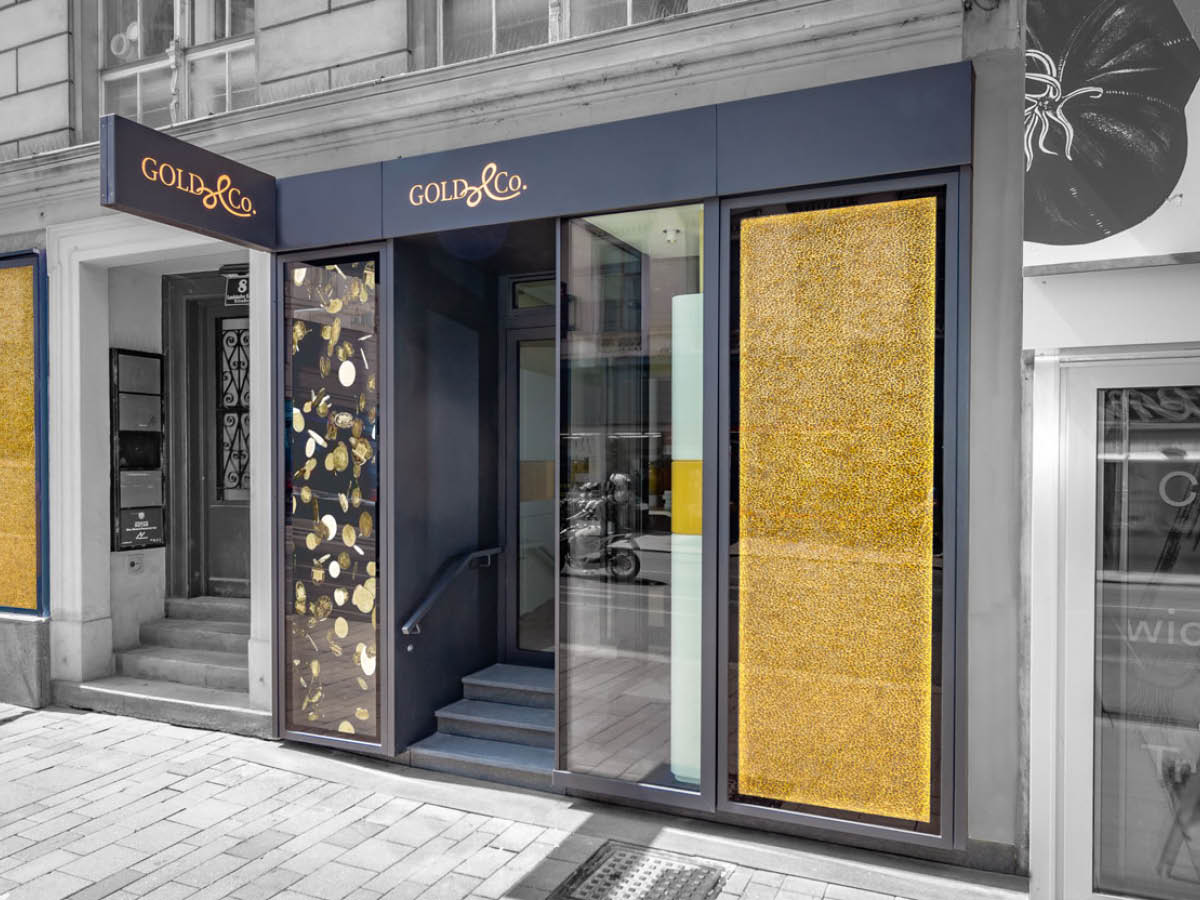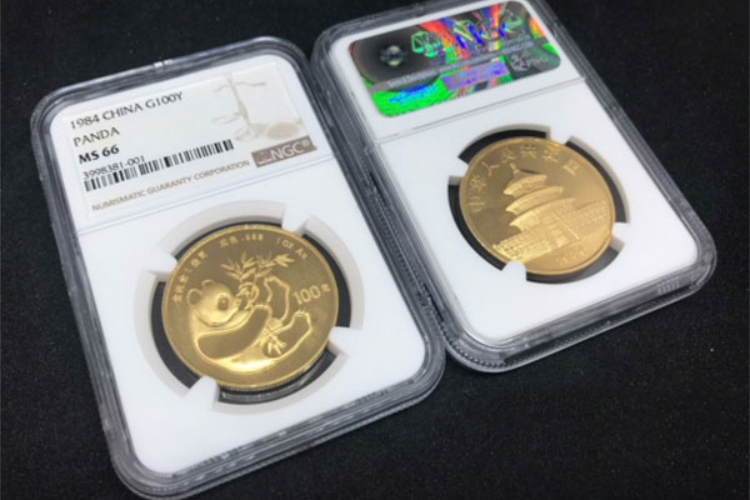
In addition to rarity, the degree of preservation of a coin is one of the most important characteristics for coin collectors and is therefore decisive in determining the collector's value. In order to be able to assess and guarantee authenticity and grade as neutrally as possible, grading services have established themselves as an independent third party that makes its expertise available to everyone.
Degrees of preservation of coins
Various systems and terms are used to describe the degree of preservation of collector coins. German-language terms differ here from the international English terms.
| German | Abbreviation | International | Abbreviation |
| Hand lifted | hdg, hgh | - | - |
| Brilliant Uncirculated | st, stgl. | Brilliant uncirculated | BU |
| Uncirculated | unz | Uncirculated | Unc |
| Freshly minted | pfr | Mint state | MS |
| Almost uncirculated | unz | Almost uncirculated | AU |
| Fresh from the bank | bfr. | ||
| Excellent | vz, vzgl | Extremely fine | XF, EF |
| Excellent from polished plate | vz made of PP, PP touched | Impaired proof | IP |
| Very nice | ss | Very fine (VF) | VF |
| Beautiful | s | Fine | F |
| Very good, very well preserved | sg, sge | Very good (VG) | VG |
| Good, well preserved | g, ge | Good | G |
| Moderately preserved | - | Fair | FR |
| Received low | ge | Poor, Basal state | PO, BS |
Third party grading
In third-party grading, independent institutions evaluate a coin in terms of its degree of preservation. The two US grading companies "Numismatic Guarantee Corporation" (NGC) and "Professional Coin Grading Service" (PCGS) are the leaders in this sector and set the quasi-standard for this assessment due to their market-leading position. In order to guarantee their neutrality, reputable grading companies do not deal in coins themselves, but are financed by fees for their expert opinions and certificates.
While many numismatists in Europe collect coins primarily as a hobby and usually have a genuine historical interest behind their passion for collecting, coin collections in other parts of the world are primarily seen as a financial investment that should generate the highest possible return in the shortest possible time. As a result, US collectors often lack the specialist knowledge to recognize forgeries or correctly assess the degree of preservation of a coin, which means that grading services are increasingly in demand and therefore also have market power.
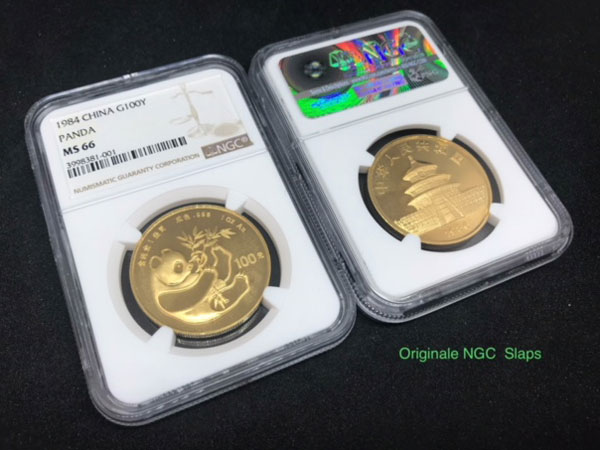
Certification by third-party grading companies guarantees the authenticity of the respective coin and provides a well-founded assessment of the degree of preservation. In addition, numismatic conservation of the coins is also offered in order to guarantee the certified degree of preservation.
This also includes slabbing. Collectors have always treated coins with care and placed them in protective foil and plastic capsules to prevent oxidation, tarnishing and other damage. With slabbing, however, the coin is shrink-wrapped together with the grading in a plastic box and given a unique identification number that can be looked up online in the grading provider's database at any time.
Slabs: Problematic platinum shells
Opinions on slabs vary widely among numismatists and coin dealers. In addition to aesthetic considerations - some refer to them as "coin coffins" - two aspects in particular play a role.
On the one hand, anyone who buys a graded coin must rely on the judgment of the grading companies. This is problematic because, despite supposedly neutral evaluations, there can be significant differences in the assessments of the same coin between the various grading providers. In addition, some extremely rare coins can only be valued by a few experts worldwide, meaning that the providers lack special expertise in particular numismatic niches. In addition, it is often the case that errors and damage to the edge are concealed by the coin holders of the plastic case and are therefore not visible to coin enthusiasts.
If the plastic holder is opened in order to check the coin itself, either for authenticity or for the degree of preservation of the coin, the seal of the grading companies is broken and the certificate loses its validity.
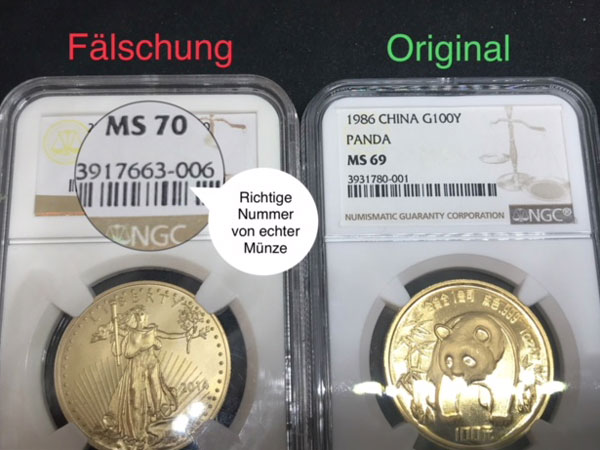
On the other hand, more and more counterfeits are coming onto the market, in which not only the coin itself but also the corresponding slab is counterfeited. Thanks to the open databases on the internet, which are actually intended to uniquely identify slabbed coins, counterfeiters can easily find out which information needs to be falsified for which coin.
Slabbing these counterfeit coins makes it even easier for counterfeiters to sell their goods to unknowing collectors. Particularly when buying coins on online platforms, it is therefore important to be careful and not to order a slabbed coin uncritically.
Better bullion coins as an investment
In my opinion, the ever-growing Asian market will make graded and slabbed coins more and more popular, even if European coin collectors, numismatists and dealers are critical of them. In principle, however, a coin collection should be pursued less as an investment than as a passionate hobby. Anyone who is enthusiastic about numismatics will, over time, build up specialist knowledge in their niche in order to recognize forgeries - be it of the coins themselves or of the slabs - and to assess the condition and degree of preservation of individual pieces.
Anyone who sees coins as an investment, on the other hand, should steer clear of collector coins altogether and concentrate on bullion coins or even bars. With coins such as the domestic Golden Vienna Philharmonic, the Canadian Maple Leaf or the well-known Krugerrand gold coins, the material value is what counts most. Regardless of whether they are made of gold or silver, the price of bullion coins and investment bars is based on the price of silver or gold and is therefore much better suited as a long-term investment.

